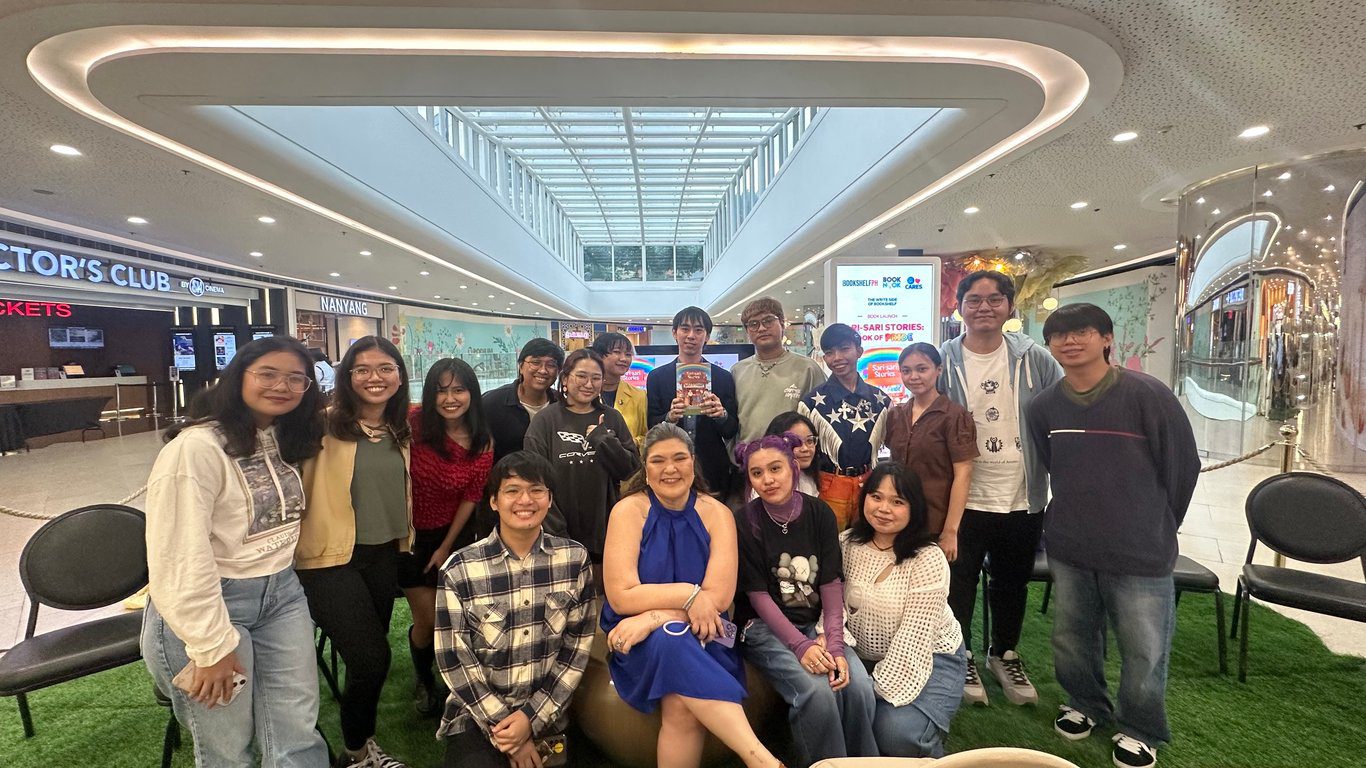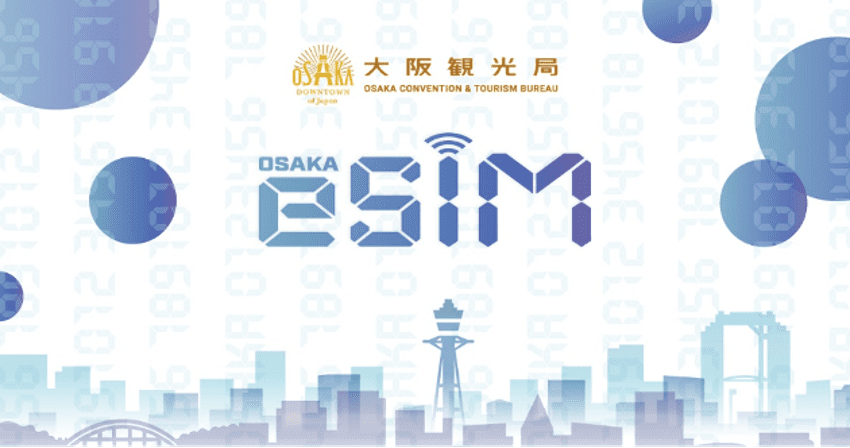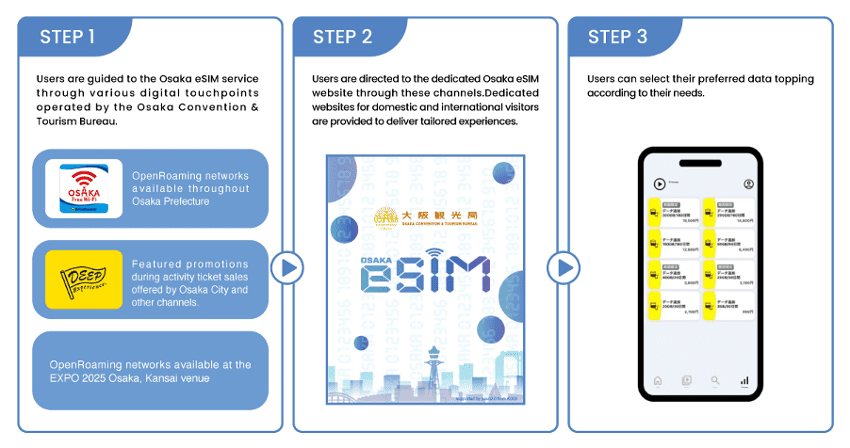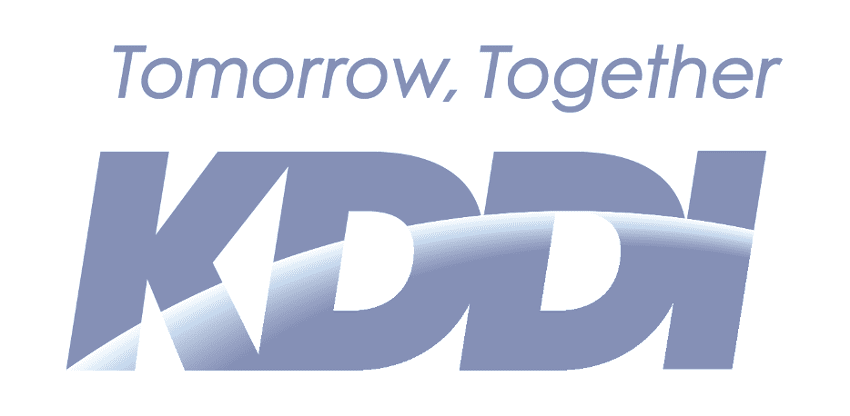
by | Jun 25, 2025 | Business
SANKYO presents
MACROSS F GALAXY LIVE☆FINAL 2025
Announcing an additional theater for the LIVE VIEWING!
Live Viewing Japan has announced that “SANKYO presents MACROSS F GALAXY LIVE☆FINAL 2025,” debuting at K-Arena Yokohama on Sunday, July 27, 2025, in addition to theaters around Japan, Hong Kong, Seoul, Busan, Taipei, Taichung, and Kaohsiung, live viewings will also be held at a Melbourne theater.
Seventeen years after it began airing in 2008, MACROSS Frontier has produced a number of songs that continued to be adored by fans and will hold “SANKYO presents MACROSS F GALAXY LIVE☆FINAL 2025,” its first solo concert in four years, over the weekend of July 26th and 27th, 2025. This will be a live performance featuring the heavenly voices of two songstresses, the Galactic Fairy Sheryl Nome and the Super-Dimension Cinderella Ranka Lee!
At the last concert in 2021, fans were not permitted to cheer due to the COVID-19 pandemic, so this is an opportunity for fans to use their voices to help create a “DeCulture” atmosphere at the theater!
■MACROSS OFFICIAL SITE: https://macross.jp
■MACROSS OFFICIAL FANCLUB “MACROSS TAMASHII”:https://macrosstamashii.com
Event Outline
Title:
SANKYO presents MACROSS F GALAXY LIVE☆FINAL 2025 LIVE VIEWING
Date and Time:
July 27th, 2025 6:00 P.M. (local time)
Cast:
Sheryl Nome starring May’n
Ranka Lee = Megumi Nakajima
Tatsuya Nishiwaki (Band Master, Keyboards)
Yasuo Sano (Drums)
BOH (Bass)
Kazuma Sotozono (Guitar)
Daisuke Kadowaki (Violin) …and more
Venue:
Village Cinemas:
・Crown https://villagecinemas.com.au/cinemas/crown
Price:
$45 AUD
*Other fees apply when purchasing tickets from the theater.
Please check the theater’s website before purchasing tickets.
Ticket schedule:
From June 26th, 2025 12:00 P.M. (local time)

Notes:
1. This event is a concert focused on supporting the act. Guests are permitted to cheer and clap as if it were a live concert. Please keep this in mind before purchasing a ticket.
2. In the event that the start of the screening is delayed, it may end before the conclusion of the performance.
3. This is a live stream of the concert, so network quality way influence the audio and visual quality.
4. Purchasing tickets for scalping or selling through online auctions, ticketing sites, and ticket stores, is prohibited
5. Tickets cannot be re-issued if lost, stolen, destroyed, or if the guest fails to bring it to the venue.
6. Due to seating in the theater, groups may be separated.
7. Recording video or audio of the performance using a camera, smartphone, or any other device is prohibited. People uploading or sharing the recordings online may be subject to criminal penalties. If a guest is found to be doing these things, they will be asked to delete the recordings and will not receive a refund for their ticket.
8. Footage and photos of the screen may be taken for event commemoration and other media purposes. These materials may be used in various forms of media.
9. Some theaters may have restrictions on food and beverages.
10. In the event of an earthquake or other disaster alert, the performance may be paused to ensure safety regardless of the location of the guests’ location and viewing area.
11. If there are any changes to the event information, guests will not be notified you individually.
Notes on viewing etiquette:
1. Please be careful not to disturb other guests when using glow sticks, towels, or other such items.
(Items that impede the view of other guests are prohibited)
2. Please do not make extremely loud noises that may disturb other guests.
3. Please sit in your ticketed seat.
4. Each theater may have their own rules.
Please verify the theater’s rule on their website.
ーーーーーーーーーーーーーーーーーーーーーーーーーーーーーーーーーーーーーー
SANKYO presents MACROSS F GALAXY LIVE☆FINAL 2025 LIVE VIEWING
Web Site: https://liveviewing.jp/macrossf-final2025/
Planned and Organized by:BIGWEST
Distributed by:Live Viewing Japan / Live Viewing Entertainment
Note:
Do not clip or edit the images.
©︎2021 BIGWEST/MACROSS F PROJECT

by | Jun 25, 2025 | Business
Bookshelf PH launched Sari-sari Stories: Book of Pride on June 11, 2025, featuring eight original stories by Filipino authors that celebrate LGBTQIA+ love, identity, and courage. Released for Pride Month, the anthology continues the publisher’s mission to amplify diverse voices in Philippine literature.
Independent publisher Bookshelf PH officially launched the latest installment of the Sari Sari Stories Collection: Book of Pride, at the SM Podium Book Nook last June 11, 2025.
The new anthology features eight original stories from Filipino authors that explore themes of love, identity, and courage within the LGBTQIA+ community. Weaving together a multi-genre experience, spanning from gripping mysteries to heart-wrenching dramas, the collection highlights individual journeys amid a collective advocacy for equality.

During the launch, the attending authors reflected on the inspiration behind their work. They underscored that the stories primarily centering on queer narratives also hold a broader message of self-acceptance and belonging.
“As we continuously tell diverse stories, this book not only aims to educate but also resonate with anyone who has ever struggled to be seen, heard, or loved for who they truly are,” Michelle Dulinayan, Managing Editor of Bookshelf PH.
The Book of Pride is the third entry of Bookshelf PH’s Sari-Sari Stories Collection, a diverse compendium of Filipino culture told only from the lens of Filipino authors. This new selection is written by eight local authors emerging in the Philippine writing scene: Lucky Charles N. Historia, Shanelle B. Recheta, Kae Espejo, JsslAwra, Evan Orias, Zerodegreescelsius, Dhan Duringo, and Jastine Beatrice Yap. Released as an homage for Pride Month this June, Bookshelf PH and its authors continue to tackle their mission of inclusive storytelling.
“We want this to be a warm embrace for all of the stories that we keep hidden—a message that there exists no light we must step away from but only one that shines within each of us if we allow it to,” Monette Quioge, Managing Partner of Bookshelf PH, says.
Sari-sari Stories: Book of Pride is now available on Bookshelf PH’s website (bookshelf.com.ph) and major e-commerce platforms.

by | Jun 25, 2025 | Business
Watsons turned up the excitement last June 24 with the official launch of its Shop Now for EXTRA-mazing Surprises Campaign at the Watsons Mall of Asia store, treating shoppers, fans, and guests to a high-energy experience complete with brand showcases, exclusive product perks, and limited-time surprises that lived up to the campaign’s name.
The event was packed with music, exclusive perks and activities, and a preview of the new offers lined up for the quarter. Headlining the program were two of today’s fast-rising OPM acts—1st.One and Amiel Sol.
“Today’s event isn’t just about new promos or exciting performances—it’s a celebration of our continued commitment to creating experiences that go the extra mile for our customers. Our goal at Watsons has always been to go beyond just offering a wide range of products. We want to give our customers an experience that’s EXTRA —from the way they shop, to the rewards they receive,” said Joweeh Liao, Health Business Unit, Finance, Property, and Store Development Director of Watsons.

As part of the rollout, Watsons introduced its two EXTRA-mazing promos to reward loyal Watsons Club members:
1 Million Watsons Club Points to be given away:
Until August 20, Watsons Club Members who spend a minimum of P1,000 in a single receipt are eligible to join the e-raffle for a chance to win Watsons Club points—with a total of 1 million points up for grabs on Watsons’ biggest e-raffle to date.
Get Instant Viu Rewards and a chance to Win a Year-Long Subscription:
Members can also earn a raffle entry for a chance to win a one-year Viu subscription with every P1,000 purchase that includes participating health and beauty products. Meanwhile, those who shop online with a minimum spend of P1,500 will receive a one-month Viu subscription instantly.
“These promos are more than just incentives—they’re an invitation to experience the Watsons’ difference, and to feel valued every step of the way,” added Liao. “We want to make every visit to Watsons feel like a celebration—and with these promos, we’re making that happen.”
Beyond the promotions, the event underscored Watsons’ commitment to helping Filipinos look good, do good, and feel great. With over 1,100 stores nationwide, an extensive range of health, wellness and beauty products, and services like Express Delivery and Click & Collect via the Watsons App, the brand continues to make it easier for Filipinos to stay healthy and confident.
Going EXTRA, Watsons also reinforced its mission of creating a positive impact through accessible healthcare, sustainability efforts, and programs that uplift communities and support the planet.

“Because our customers deserve more than just great deals, they also deserve moments that are rewarding, delightful, and truly memorable,” said Liao. “That’s why we also invite everyone to sign up as Watsons Club members to enjoy even more exclusive benefits.”
To learn more about Watsons’ EXTRA-mazing promos and updates, follow @WatsonsPH on Instagram, Facebook, and TikTok, or download the Watsons App.

by | Jun 25, 2025 | Business
The Osaka Convention & Tourism Bureau (based in Chuo Ward, Osaka City, Osaka Prefecture. Chairman: Hiroshi Mizohata) and KDDI Corporation (based in Chiyoda Ward, Tokyo. President and CEO: Hiromichi Matsuda) have announced the addition of new options for “Osaka eSIM” starting June 25, 2025, and will launch new data add-ons for long-term visitors, including 30 GB (30 Days) and 15 GB (15 Days) options.
■ “Osaka eSIM” toppings
[For foreign visitors]
[NEW] 30 GB (30 Days)
Price: JPY 2,780
Duration: June 25, 2025 – End date undetermined
[NEW] 15 GB (15 Days)
Price: JPY 1,670
Duration: June 25, 2025 – End date undetermined
Unlimited Data (3 Days) (Note 1)
Price: JPY 790
Duration: April 13, 2025 – End date undetermined
Unlimited Data (24 Hours) (Note 1)
Price: JPY 330
Duration: April 13, 2025 – End date undetermined
Unlimited Data (6 Hours) (Note 1)
Price: JPY 250
Duration: April 13, 2025 – End date undetermined
Unlimited Data (2 Hours) (Note 1)
Price: JPY 180
Duration: April 13, 2025 – End date undetermined
(Notes)
■About Osaka eSIM
Osaka eSIM is a mobile communications service offered by the Osaka Convention & Tourism Bureau in collaboration with the KDDI Group. They utilize “povo SDK,” which allows the company to incorporate povo’s communication services into their own, allowing consumers to use the quality and safety of au’s network.
Customers purchase plans online and customize them via “toppings” to suit their needs in terms of data usage and length of stay, in as little as three minutes. (note 2)
■”Osaka eSIM” first-time user special
Osaka eSIM is offering a “first-time user special” in which customers can receive “Unlimited Data (24 Hours)” (note 1) to commemorate the start of service.
Eligibility: Foreign visitors
Special details: Input a promo code after registration to receive “Unlimited Data (24 Hours)” (note 1)
Duration: April 13, 2025 – End date undetermined
■How to use “Osaka eSIM”
■About communication services for foreign travelers offered by the Osaka Convention & Tourism Bureau
In January 2014, the Osaka Convention & Tourism Bureau began offering free public Wi-Fi (Osaka Free Wi-Fi, or OFW) for people visiting Osaka, especially tourists from overseas.
In addition, the Bureau worked with Wire and Wireless Co., Ltd. to offer “Osaka Free Wi-Fi OpenRoaming” from October 2024, which is compatible with “OpenRoaming” (note 3), an international standard of authentication which is being increasingly adopted in Europe, the United States, and Japan, with the goal of expanding OFW and making it more comfortable to use.
In addition to OFW, which can only be used in specific places, the Bureau also offers “Osaka eSIM,” which covers a wide area and can be used easily during transit. A large number of tourists are expected to visit Osaka for Expo 2025, and the Bureau is striving to provide a comfortable and seamless communications environment and increase the satisfaction of visitors.
■About povo SDK
Povo SDK is an open communications service that allows companies to incorporate povo’s communication service and offer their own plans. Music and video subscription services, e-tickets, and smart phone payments have become increasingly more widespread, amplifying the need for an internet connection in people’s daily lives.
This allows companies to offer unlimited data for specific services or original toppings that other companies don’t carry. The duration and data amount can also be customized, allowing the company to provide appropriate toppings to suit the customer’s needs.
povo SDK site: https://povo.jp/open-telecom-sdk/
(note 1) Network speed may be limited during network congestion.(note 2) Time until the user begins using the service as calculated by KDDI. This may differ based on the customer’s situation.
(note 3) An international wireless LAN roaming infrastructure developed by the Wireless Broadband Alliance (WBA) and their group companies, a global association of telecommunication carriers and public wireless LAN providers. Wire and Wireless is working with Cityroam, a member of the WBA that operates the roaming infrastructure in Japan, to provide services compatible with OpenRoaming.
*Prices displayed include tax unless stated otherwise.
For Media Inquiries
KDDI Digital Life Corporation
PR: pr***********@***********fe.com



by | Jun 24, 2025 | Business
Over 70 Australian artists, producers and composers will undertake career-defining activities around the world, backed by investment through Music Australia’s Export Development Fund.
The fifth round of the Export Development Fund sees $997,787.95 invested in 78 projects, involving a range of artists; from solo acts to bands, producers, composers and songwriters to support headline tours, debut showcase performances, artist residencies, publicity campaigns and more.
The Export Development Fund is a matched funding initiative, designed to elevate emerging, breakthrough, and established acts into the international market, whilst fostering sustainable and thriving careers. The program focuses on three key pathways: Performance and Touring, Professional and Artistic Development and Market and Audience Development.
This announcement follows the launch of The Bass Line, Music Australia’s landmark study into the economic contribution of Australia’s music industry. The analysis revealed strong international demand for Australian music, with music export contributing an estimated $975 million to the total Australian music industry revenue.
Since its launch, the Export Development Fund has successfully supported over 400 projects to date highlighting the importance of a dedicated contemporary music export program in Australia.
Among the highlights of the 78 supported projects:
- Lutruwita/Tasmania-based artist, activist, author and proud Warnindhi lyagwa woman Emily Wurrumara will be bringing her ARIA-award winning albumNarato international audiences on her Canadian Folk Festival run.
- Fast rising hip-hop artist LEE. will travel to Los Angeles to strengthen his creative development, expand his professional network and enhance his commercial prospects.
- African Australian producer Chandler Jewelswill travel to Toronto, Canada to work with multi-platinum GRAMMY-award nominated producer WondaGurl, following his participation in the inaugural ARIA Collab program.
- Not-for-profit record label Music in Exilewill undertake a global press campaign to support the release ofJutna, a full-length album with an accompanying short film created by musicians with lived experience of migration and displacement working in the Australian music industry.
- R&B neo-soul artist Anieszkawill engage in extensive co-writing sessions with producers and artists in the UK and Germany to diversify her personal sound.
-
Harpist and composer Paul Nicolaouwill undertake an intensive weeklong workshop, “Writing and Recording for Video Games” in Vienna, mentored by 3x GRAMMY-nominated and BAFTA-winning composer Austin Wintory.
-
DJ-producer DAWSwill undertake production and co-writing sessions with international producers across Europe.
-
Female-fronted heavy band Full Flower Moon Bandwill return to Europe and UK for their headline tour and a debut showcase at Reeperbahn Festival.
Applications for the next round of the Export Development Fund close on Tuesday 8 July.














You must be logged in to post a comment.